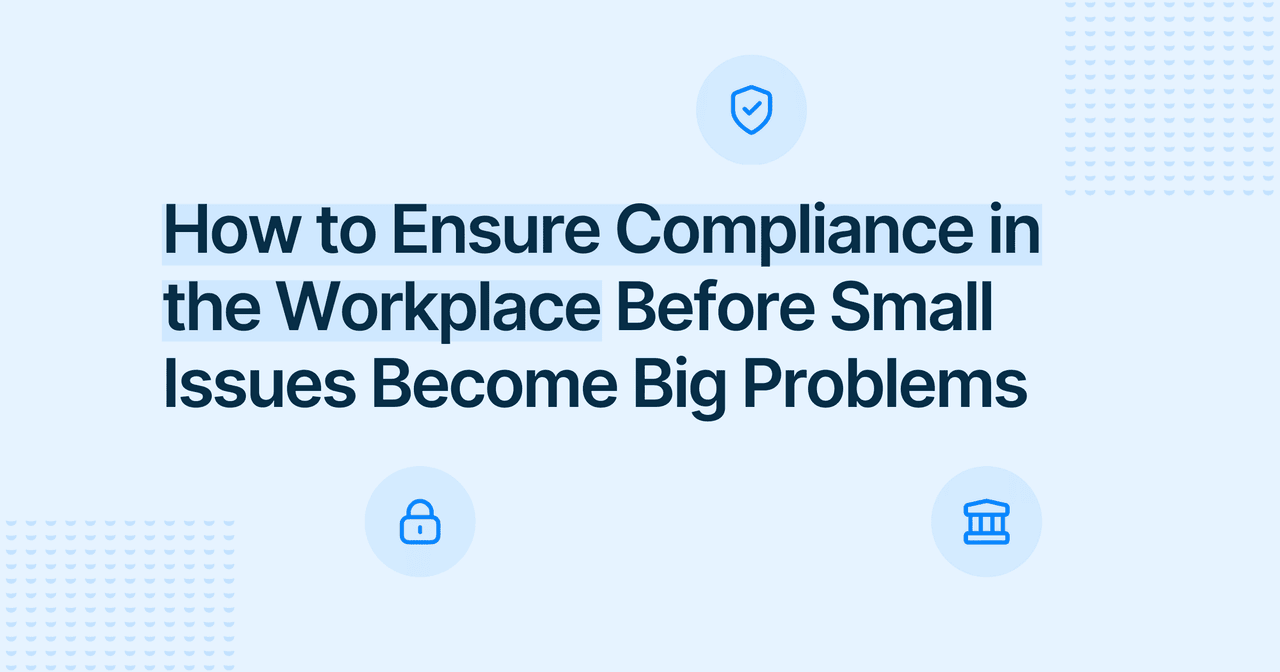



Discover the benefits of a transparent organization!
Try our free platform and strengthen the culture of openness in your team.
Workplace Environment

Yeva Bartkiv
Copywriter
Published
2025-06-10
Reading time
6 min


Table of contents
Subscribe to our newsletter
Workplace harassment can be difficult to recognize – and even more challenging to discuss. It doesn’t always come with shouting or threats. Sometimes, it appears as a comment that lingers with you all day. A glance that makes you uncomfortable. A “joke” that no one else seems to question.
If you’ve experienced something at work that felt wrong – and you’re not sure what to call it – you’re not alone. If you’re afraid to speak up because of what might happen, you’re not alone. Whether you’ve been directly affected or just want to understand more, this guide is here for you.
We’ll walk through what workplace harassment is, the different forms it can take, and how you can report it – even if you want to remain anonymous.
Workplace harassment includes any unwelcome behavior based on race, gender, religion, sexual orientation, national origin, age, or disability that creates an intimidating or offensive work environment. The Equal Employment Opportunity Commission – or EEOC – defines it as behavior that becomes a condition of employment or interferes with your ability to do your job.

This isn’t limited to verbal abuse or physical assault. Harassment can come from a manager, a co-worker, or even a customer. And it doesn’t have to happen in person – it can occur over email, chat, or social media.
It’s not “just part of the culture.” It’s not something you have to accept to keep your job. It’s a violation of your civil rights – and it’s never your fault.
There are many types of harassment at work, and not all of them are obvious. You might not even realize what’s happening until it’s been going on for weeks, months, or even years. Understanding the different forms helps you know when to act.
Here are some of the most common:
If someone’s actions – or even silence – create a hostile work environment, you have the right to speak up.
Sexual harassment is one of the most reported – and most painful – forms of workplace misconduct. It can leave you feeling confused, ashamed, angry, or powerless. You might question yourself. You might try to minimize it. You might fear what will happen if you report it.
But here’s the truth – you didn’t cause it, and you don’t have to accept it.
If you’re wondering what to do if you’ve been sexually harassed at work, here are some steps to consider:

What you’re feeling is real. You have the right to protect your well-being.
For many people, the most challenging part of facing harassment is the fear of retaliation. You may worry about losing your job, being disbelieved, or being labeled as a troublemaker. These fears are common and understandable.
That’s why anonymous reporting exists. It allows you to anonymously report harassment at work while protecting your identity and safety.
Here are common ways to report anonymously:
These reporting systems allow you to share details, upload evidence, and even follow up – all while staying anonymous.
Anonymous reporting doesn’t make your voice weaker. It gives you a safer way to be heard.
You are protected under both federal and state laws. The Equal Employment Opportunity Commission enforces workplace anti-discrimination policies under the Civil Rights Act and other federal laws. That means harassment based on protected characteristics is not only wrong but also illegal.
Here’s what the law provides:
You can file a complaint even if your HR department doesn’t respond. You can also reach out to a government agency for guidance before deciding to file.
You don’t need to navigate this alone.
Anonymous reporting doesn’t just protect individuals – it transforms workplace culture. It tells employees they can speak up without putting their safety, career, or dignity at risk. It helps uncover patterns before they become crises. And it tells harassers that silence is no longer guaranteed.
When done right, anonymous reporting gives people back their voice – and makes it safer to use.
Here’s why anonymous systems are essential:
One powerful tool that supports this kind of reporting is FaceUp – a trusted platform used by companies, schools, and organizations worldwide. FaceUp allows employees to report misconduct anonymously, submit evidence, and even communicate with HR without revealing their identity. It’s secure, easy to use, and designed with both the reporter and the organization in mind.

FaceUp gives leadership the tools to act – and gives employees the courage to speak.
When companies take whistleblower reports seriously – and create space for anonymous reporting through tools like FaceUp – they build a culture rooted in trust, safety, and respect. That’s not just good practice. It’s a fundamental step toward a workplace where everyone feels protected and heard.
If you’re still wondering whether what you experienced was “bad enough” – know this. If it left you anxious, silenced, or hurt – that’s enough. If it changed how you show up at work or how safe you feel – that’s enough. If it made you question your worth – that’s more than enough.
You don’t need to wait for permission.
You don’t need to be sure of every detail.
You don’t need to have all the answers.
You just need to take the first step.
You’re not alone.
You’re not overreacting.
And you deserve better.
You have the right to feel safe at work – not just legally, but personally. Whether you speak up through a trusted contact or an anonymous report, your voice matters. And no matter what anyone says, it counts.




Try our free platform and strengthen the culture of openness in your team.
Keep Reading

Alaa El-Shaarawi2025-12-087 min
Workplace Environment

Alaa El-Shaarawi2025-12-058 min
Legal & Compliance

Alaa El-Shaarawi2025-12-048 min
Legal & Compliance

Alaa El-Shaarawi2025-12-037 min
Legal & Compliance